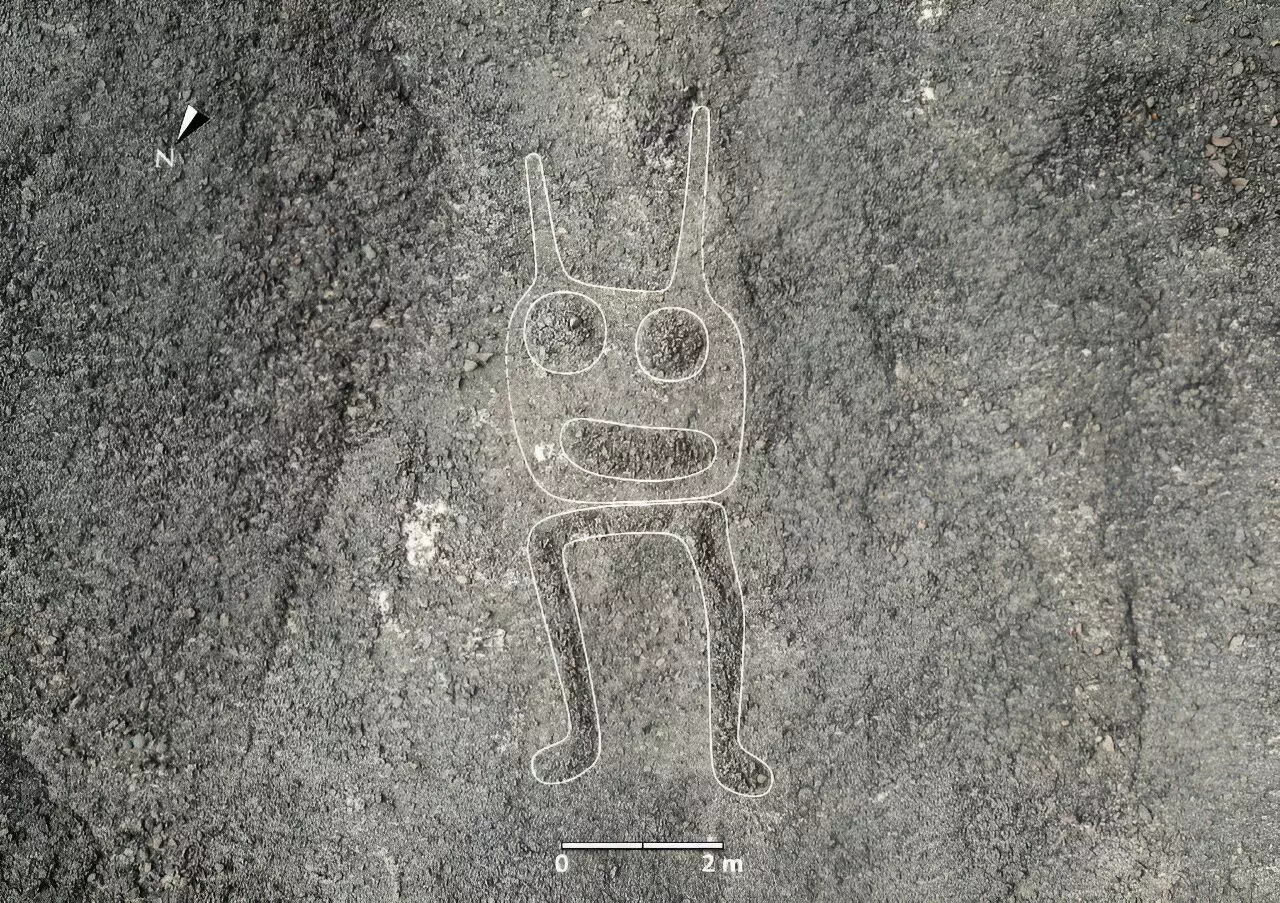The Nazca desert in Peru has long been shrouded in mystery, harboring a collection of massive geoglyphs created by the Nazca civilization approximately 2,000 years ago. These remarkable engravings, composed of intricate depictions of flora, fauna, and abstract forms, are etched onto the desert floor and can only be fully appreciated from an aerial perspective. The lines, stretching over 220 miles south of Lima, have frequently attracted attention from archaeologists and tourists alike, feeding curiosity and speculation since their rediscovery nearly a century ago.
Recent advancements in technology have ushered in a new era in archaeological research, particularly through the integration of artificial intelligence (AI). In a groundbreaking discovery reported by a team of Japanese scientists led by archaeologist Masato Sakai from Yamagata University, AI has been instrumental in identifying an astonishing 303 new etchings, effectively doubling the number of known Nazca geoglyphs. This collaboration with IBM’s research division accelerates the analysis of vast high-resolution images, enabling a faster, more accurate identification of features that were previously overlooked. Traditionally, archaeologists relied on labor-intensive visual surveys from elevated positions, a method that, while useful, was time-consuming and prone to human error.
The implications of this discovery are profound not only for archaeology and historical scholarship but also for the understanding of the Nazca culture itself. The recent study highlights that within a mere six-month period, the application of AI technology allowed researchers to identify a staggering number of geoglyphs compared to the nearly 100 years it took to unearth the original 430. This dramatic improvement is a testament to how AI can enhance our grasp of historical sites that are decidedly not in their infancy.
Among the recently identified figures are grand linear geoglyphs depicting various wild animals, along with smaller motifs including detailed representations of abstract humanoids and domesticated camelids. These newfound figures expand our understanding of the Nazca civilization’s artistic expression and perhaps hint at the cultural and social nuances of a society that thrived in southwestern Peru from 200 BC to 700 AD.
Despite these thrilling discoveries, the fundamental question remains: what motivated the Nazca people to create these monumental engravings? Scholars continue to debate whether the geoglyphs serve an astrological purpose, hold religious significance, or perhaps functioned as markers for ritual ceremonies. What is apparent, however, is that the lines are not merely art but a tangible connection to a civilization that endeavored to leave a lasting imprint on the world.
As we continue to explore the intersection of archaeology and technology, the Nazca Lines serve as a prime example of how innovation can illuminate ancient mysteries. With AI leading the charge in uncovering hidden artifacts, we stand on the brink of new discoveries that could reshape our understanding of historical narratives, ensuring that cultures of the past remain as vibrant as ever in the present narrative.


Leave a Reply